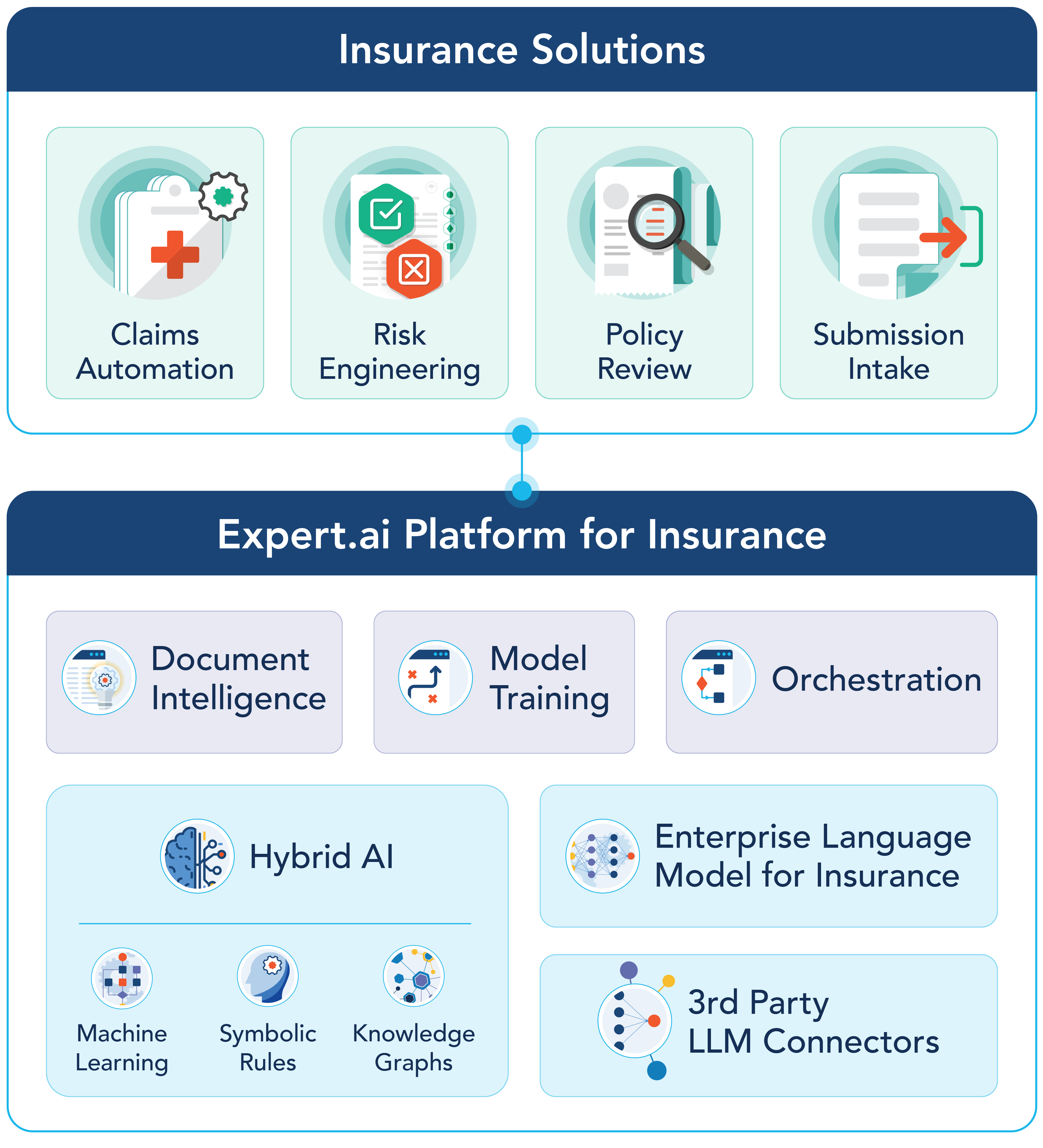AI-Driven Insurance Models: Transforming the Industry for the Future
Artificial Intelligence (AI) is revolutionizing the insurance industry, creating a paradigm shift in how policies are underwritten, claims are processed, and customer experiences are delivered. With its ability to analyze large datasets, automate processes, and improve decision-making, AI is paving the way for more efficient and customer-centric insurance models.
This article explores the transformative power of AI-driven insurance models, detailing their applications, benefits, challenges, and real-world examples.
The Role of AI in Insurance
AI leverages technologies like machine learning (ML), natural language processing (NLP), and computer vision to automate and enhance various insurance processes. By enabling insurers to analyze vast amounts of data in real time, AI reduces operational inefficiencies and fosters personalized customer experiences.
Did you know? According to McKinsey, AI could save insurers up to $1.1 trillion annually by improving processes and minimizing fraud.

How AI is Shaping Insurance Models
1. AI-Powered Underwriting
Traditional underwriting relies on manual processes and historical data, making it time-consuming and often prone to errors. AI transforms this process by using predictive analytics and real-time data.
- Key Benefits:
- Enhanced accuracy in risk assessment.
- Faster policy approvals.
- Customized pricing based on individual risk profiles.
Example: Companies like Lemonade use AI to provide instant quotes and policy issuance, leveraging customer data to personalize offerings.
2. Automated Claims Processing
AI-driven systems streamline claims handling by automating everything from initial reporting to final settlements.
- How it works:
AI uses NLP to process claim descriptions, computer vision to analyze photos of damage, and ML algorithms to assess claim validity.

- Advantages:
- Faster claim resolution.
- Reduced administrative costs.
- Fewer errors and disputes.
Case Study:
Progressive Insurance uses AI-powered tools to process claims, enabling customers to receive payouts within hours instead of days.
3. Fraud Detection and Prevention
Insurance fraud costs the industry billions each year. AI helps by identifying anomalous patterns and unusual behaviors in claims data.
- How AI Detects Fraud:
- Cross-referencing claim data with external sources.
- Flagging inconsistencies using anomaly detection algorithms.
Example: Insurtech companies like Shift Technology specialize in using AI to detect and prevent fraudulent claims with unparalleled accuracy.

4. Chatbots and Virtual Assistants
AI-powered chatbots enhance customer service by providing instant support and answering common queries.
- Features of AI Chatbots in Insurance:
- Assisting with policy information and renewals.
- Guiding customers through the claims process.
- Offering personalized product recommendations.
Example: Geico’s virtual assistant, Kate, uses AI to interact with customers, providing real-time assistance via the mobile app.
Benefits of AI-Driven Insurance Models
- Improved Efficiency
- Automation of repetitive tasks reduces operational costs and speeds up processes.
- Personalized Customer Experiences
- AI analyzes customer behavior and preferences, enabling insurers to offer tailored products.
- Enhanced Risk Management
- Predictive analytics help insurers forecast risks more accurately, leading to better pricing strategies.
- Cost Savings
- AI minimizes errors, reduces fraud, and lowers administrative overheads, translating to significant savings.
Challenges in Implementing AI in Insurance
1. Data Privacy and Security
AI systems rely heavily on customer data, raising concerns about data protection and compliance with regulations like GDPR.
2. Integration with Legacy Systems
Insurers often face challenges integrating AI solutions into outdated IT infrastructures.
3. Bias in Algorithms
If not designed carefully, AI algorithms can perpetuate biases, leading to unfair pricing or claim denials.
4. High Implementation Costs
Building and deploying AI systems require significant investment in technology and talent.
Solution:
Collaborations with insurtech startups and leveraging cloud-based AI solutions can help mitigate these challenges.

Real-World Applications of AI in Insurance
1. Allstate’s AI-Powered Claims
Allstate uses AI to analyze photos of vehicle damage, providing repair estimates in minutes.
2. Swiss Re’s Predictive Models
Swiss Re employs AI to forecast natural disasters, helping to improve risk assessment for property insurance.
3. Zego’s Flexible Insurance
Zego uses AI to offer usage-based insurance for delivery drivers, ensuring premiums align with actual usage patterns.
FAQs
1. What is AI’s role in transforming insurance?
AI automates and enhances processes such as underwriting, claims management, and fraud detection, improving efficiency and customer experiences.
2. How does AI detect insurance fraud?
AI identifies fraud by analyzing patterns in claims data, cross-referencing external data sources, and flagging anomalies.
3. Are there risks in adopting AI in insurance?
Challenges include data privacy concerns, high implementation costs, and potential biases in algorithms.
4. Can AI completely replace human roles in insurance?
While AI automates many tasks, human oversight remains essential for complex decision-making and ensuring fairness.
The Future of AI in Insurance
The adoption of AI in insurance is only set to grow, with advancements in machine learning, predictive analytics, and automation driving the industry forward. Insurers who embrace these innovations will gain a competitive edge, delivering faster, more personalized, and more reliable services to their customers.
To learn more about the intersection of AI and insurance, visit this AI in Insurance Trends Guide.
End of Article

